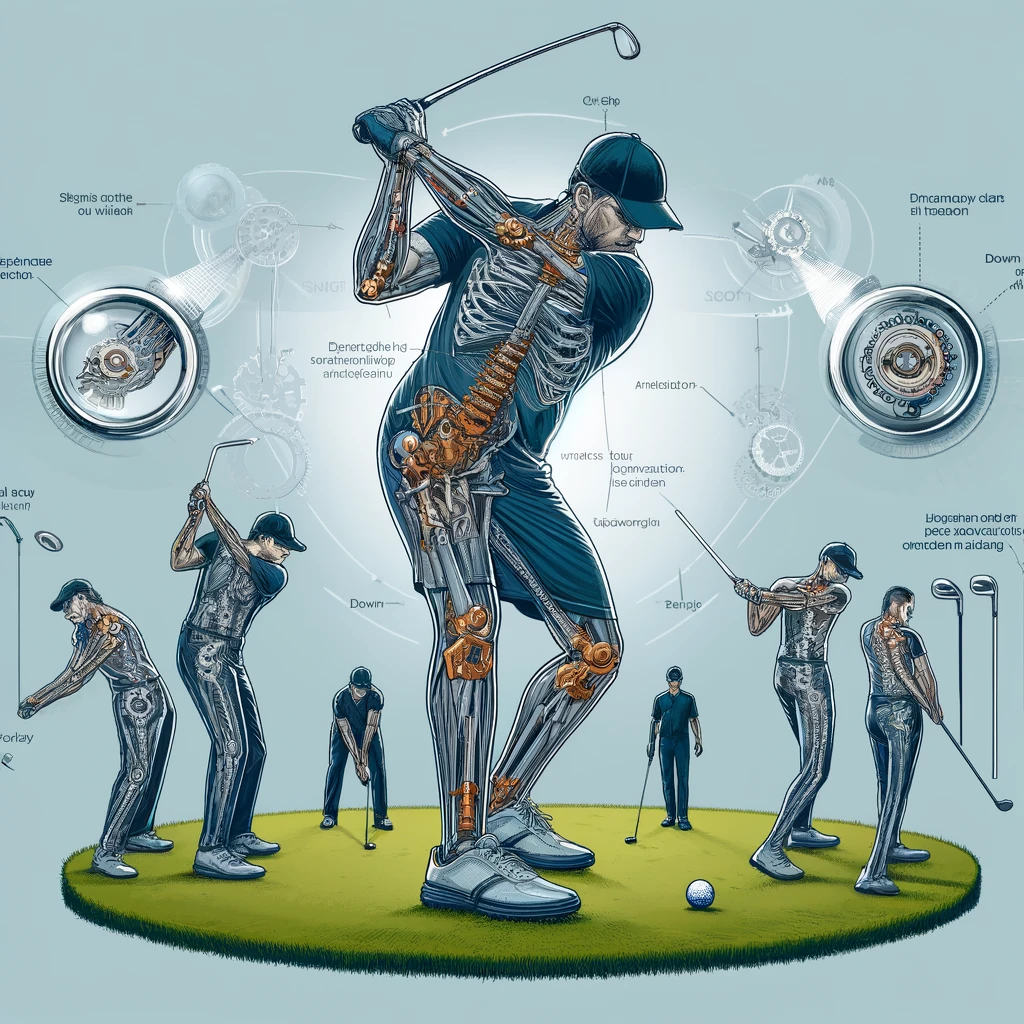

The golf swing, a dynamic sequence of precision and power, requires meticulous attention at every step.
Posture is crucial: it must be comfortable and balanced. Start by placing your feet slightly wider than shoulder-width apart to ensure a stable base. The knees should be slightly bent, not rigid but ready to act, like a goalkeeper before a penalty kick. Your back should remain straight but flexible, leaning forward from the hips, not the back, to keep the spine aligned. The arms hang naturally, creating a triangle with the shoulders, an essential position for a consistent swing.
The grip determines the direction of the ball. Imagine holding a bird: tight enough so it doesn’t fly away, but gentle enough not to hurt it. For a right-hander, place the left hand at the top of the club, the palm parallel to the clubface, and the right hand below, thumbs forming a slight "V" pointing toward your right shoulder. The pressure should be even, mainly with the last fingers of each hand, to allow some flexibility and fluidity in the swing.
Alignment is your compass. Imagine a straight line running from the ball to your target. Your feet, hips, and shoulders should form a line parallel to this direction, with the club pointing toward the target. This alignment ensures that the energy of your swing pushes the ball directly toward the objective, minimizing the chances of a stray shot.
.png)
The backswing is the start of the swing. Think of your body as a spring: by turning your shoulders while keeping your hips relatively stable at the start, you create tension. Your weight naturally shifts toward your back foot. Visualize a triangle formed by your arms and shoulders; this triangle remains intact until your hands reach shoulder height. The key is fluidity and timing, not speed.
The downswing releases the stored energy. Initiate the movement with a slight hip shift toward the target, followed by a rotation of the shoulders. Imagine your hips pulling the rest of your body. Your weight dynamically transfers from back to front, like a cracking whip, with your hands and club following last to strike the ball with power.
Impact is the climax of the swing, where all elements converge. Your head must stay behind the ball, with the hips open toward the target and the shoulders still slightly closed. This is the result of everything that came before: posture, grip, alignment, and the smooth movement of your swing. A good impact feels almost effortless, with the club striking the ball at the center.
The follow-through is your signature, the final proof of your swing. Your body continues to turn after impact, with the weight fully transferred onto your front foot. Your hips and shoulders are turned toward the target, and your head naturally rises to follow the ball. The club finishes high, with your hands above your left shoulder (for a right-hander). This complete movement ensures that all the generated power has been transferred to the ball.
Mastering the mechanics of a golf swing involves a deep understanding and regular practice of each component. Every element, from posture to follow-through, plays a vital role in creating an effective, powerful, and precise swing. By focusing on these fundamentals, golfers of all levels can improve their game and find greater satisfaction on the course.

Passionate golfer and co-founder of Teech Golf. My mission with Teech is to build technology that becomes a true companion in helping you improve your game.
Downloard Teech Golf on iOS/Android and get your free customized training plan with video by top coaches !
Download app